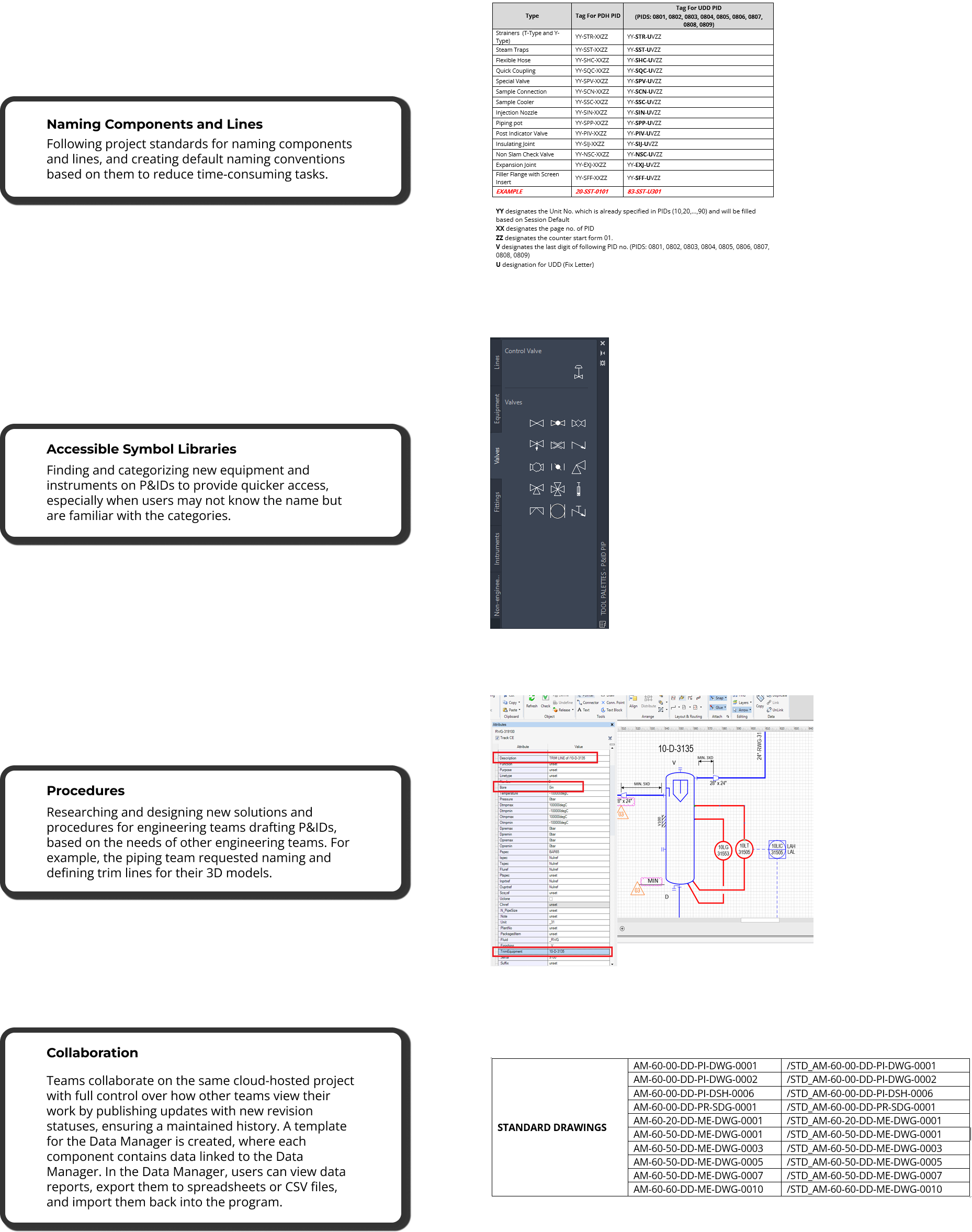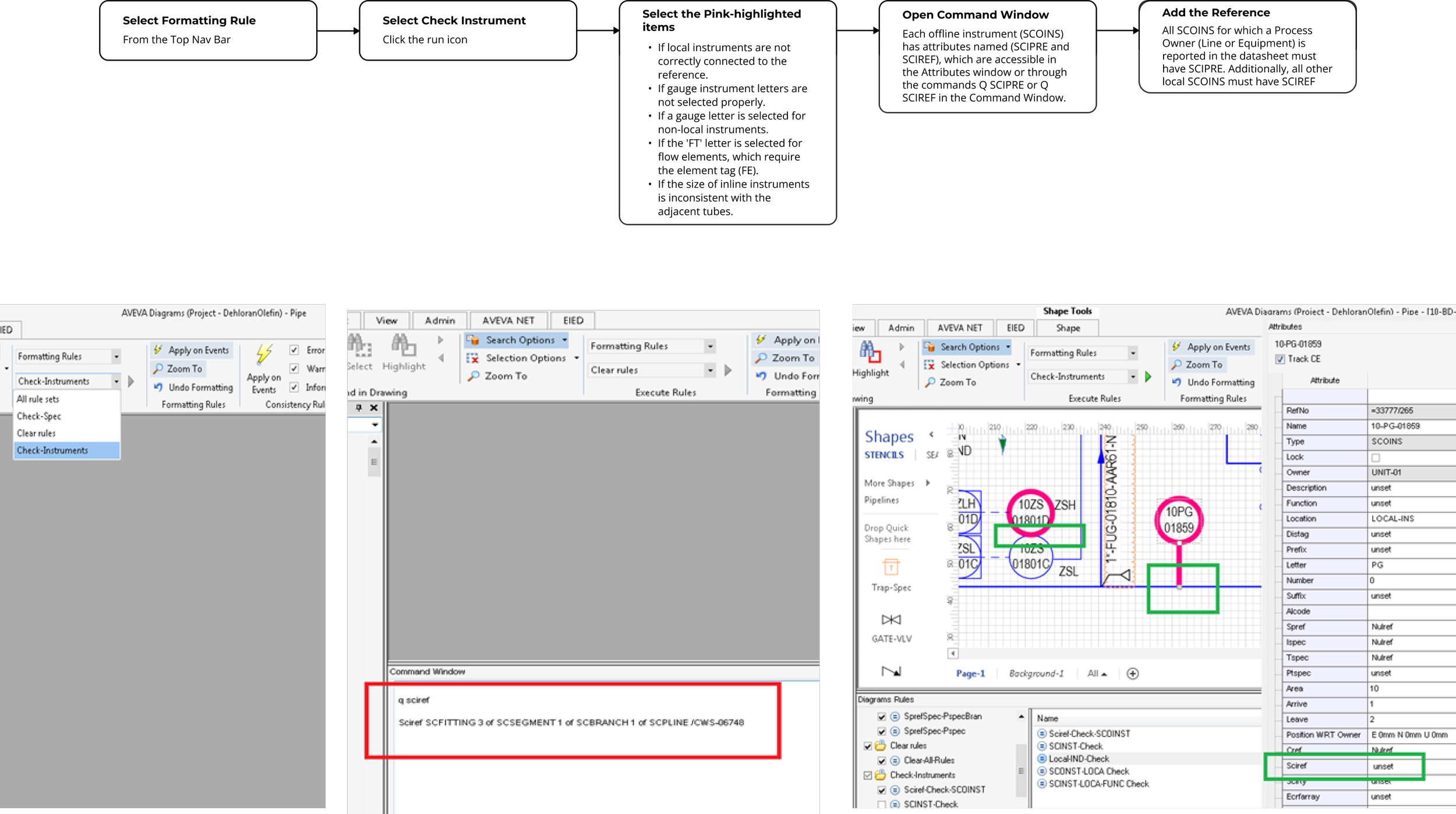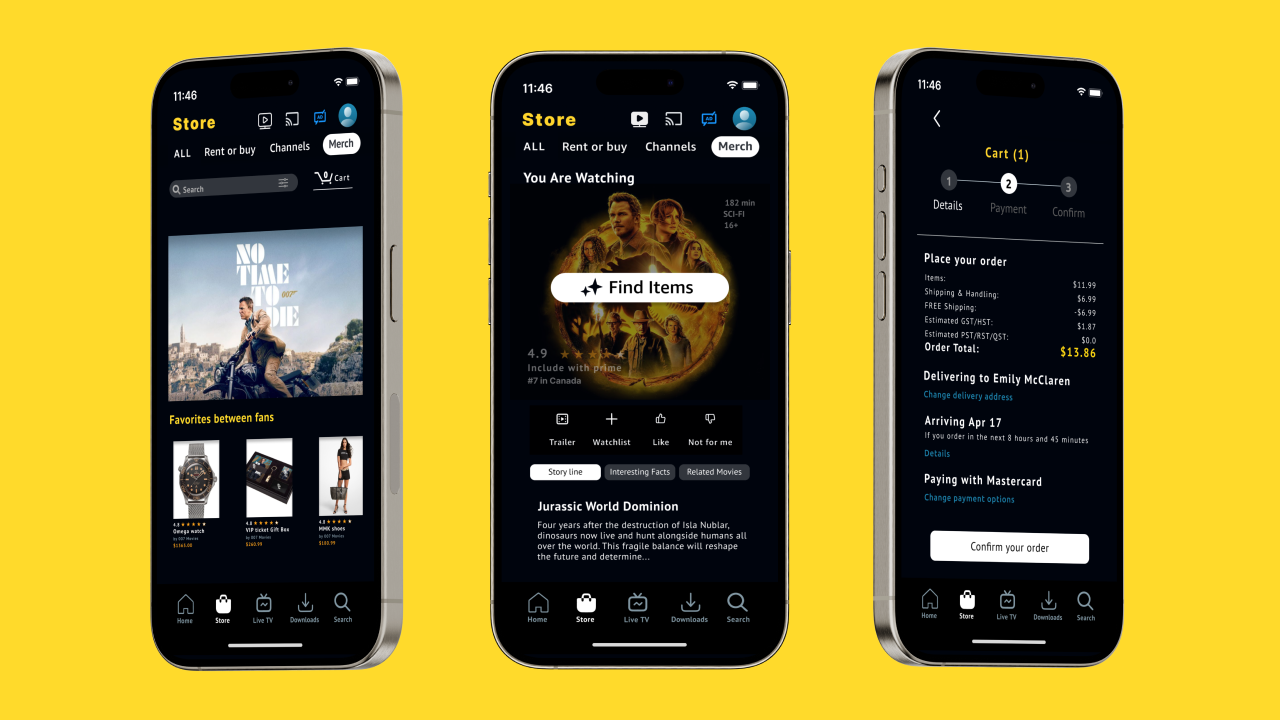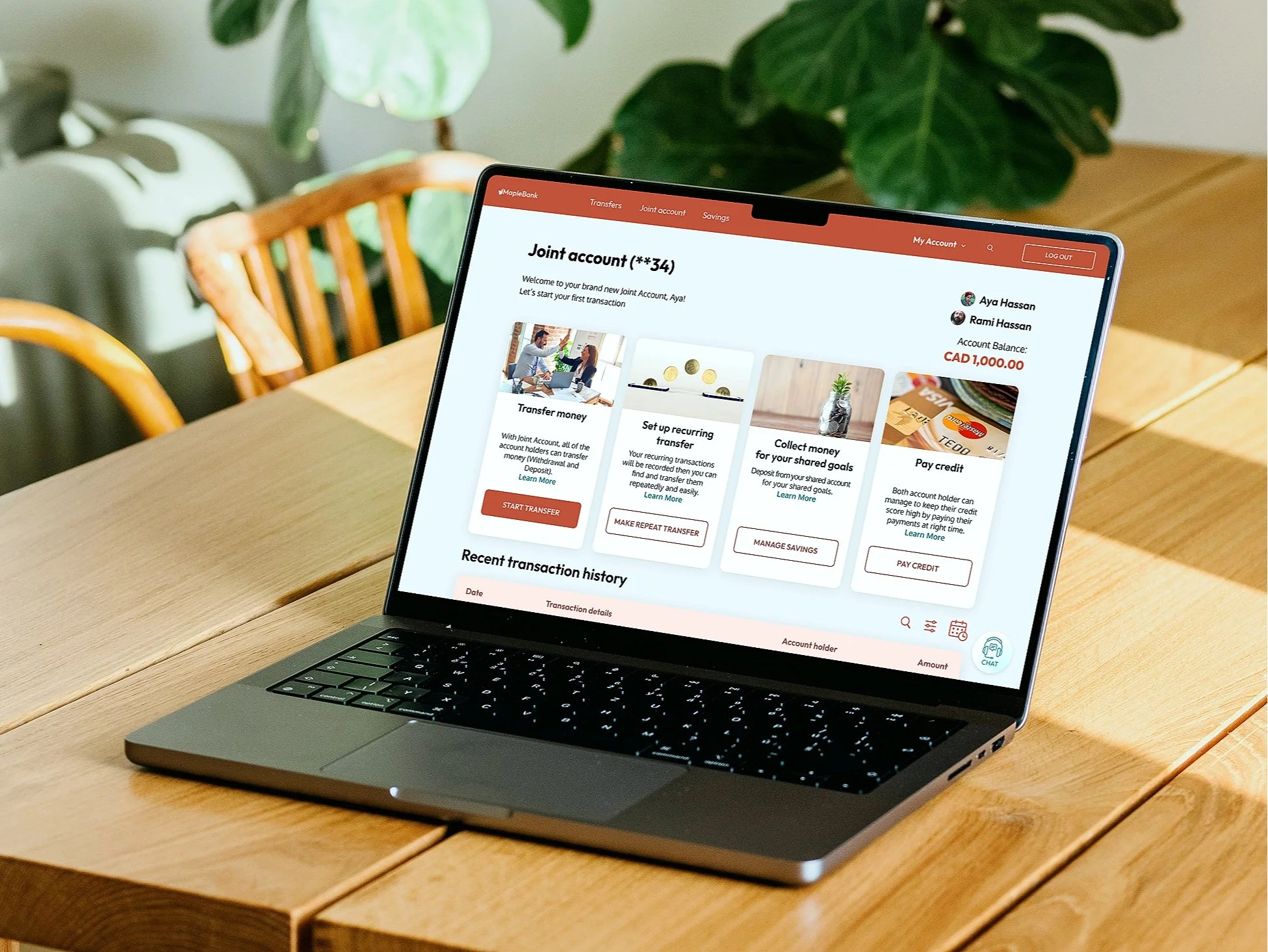AVEVA
Plant 3D Toolset
Designed and improved the engineers' experience for a smoother way of drawing 2D or 3D diagrams with AVEVA.
Engineering and design for oil, gas, petrochemical, and renewable energy plants.
INDUSTRY:
BUSINESS OWNER:
EIED
Stakeholder Interviews, User Interviews, Beta Testing
RESEARCH:
CLIENT
EIED is a leading, results-driven organization, serving both domestic and international clients with advanced quality services through the cloud-based engineering software AVEVA.
PROJECT
Research the needs of the engineering teams and transform their digital tool library to optimize workflows, reduce inefficiencies, ensure unified project execution in AVEVA, a cloud-based engineering software, and empower engineers to create 2D and 3D designs, such as process diagrams and plot plans.
ROLE
UX Designer/Researcher, and Engineering Design System Specialist.
DELIVERABLES
Client Pitch, User Research Plan, User Test Report, Feature Gathering, User Flows.
Considerations
Goals
I aimed to do research and design a proper experience for engineers with the purpose of:
Collaborating securely in a cloud-based common data environment
Speeding up and automating P&ID drafting and 3D modeling with in-context commands
What is P&ID?
P&ID, or a Piping and Instrumentation Diagram, is a detailed drawing or schematic primarily utilized in the industrial process industry to illustrate the interconnection between piping, equipment and the instrumentation devices used to control plant processes.
What is P&ID used for?
P&IDs are used to help design the layout of engineering process systems. The graphical diagrams include important information for installation or the systems included and provide detailed specifications outlining operational schemes and procedures.
Problem Discovery
Users Struggle to Access Practical Workflows for Each Project
During early interviews with our potential users (engineers and stakeholders), many of them expressed challenges in drafting P&IDs and 3D models in AVEVA efficiently. They highlighted difficulties in using the correct symbol libraries and accessing the most up-to-date and accurate data within the cloud-based data environment.
HMW help users efficiently draft P&IDs and 3D models in AVEVA by improving access to updated symbol libraries, while also addressing users who need up-to-date data?
Focus Areas for Every Project
Here are the areas I explored and focused on to address the projects' and engineers' needs.
Solutions
Empowering Libraries and Workflows for Smoother Interaction
The Process
Asking the Right Questions
I interviewed engineers and stakeholders to truly understand my audience. Here are some targeted questions that I asked:
Identifying Pain Points
Although all the required equipment were added to the library to allow users to utilize them in their P&ID drafting, the lack of proper categorization prevents them from continuing without pressure. While receiving many errors can help users become aware of their mistakes and avoid future ones, there is no description to help them understand the errors or guidelines on how to solve them easily. Users are also frustrated by not being able to find the right and updated data, leading to many mistakes, which is problematic for large projects.
User Flow for Resolving Errors from Formatting Rules
Defining formatting rules, with each rule implemented on P&IDs using a specific color to distinguish each error. I provided users with workflows to resolve errors arising from the formatting rule checks, helping to prevent common flaws in data extraction from P&IDs. (For example, resolving instrument errors on P&IDs ensures more accurate data extraction by Instrument Engineers and supports activities like purchasing instruments from vendors, based on the data shown on P&IDs.)
User Flow for Collaboration Example with Piping Engineers
Designing a new solution/procedure for defining trim lines on P&IDs based on the request from Piping Engineers.
Results
Solutions and Impacts
What I Learned
Worked at an agile environment, so got better at multitasking to keep projects on track.
Regularly presented designs to clients and teams to stay on the same page and avoid future mistakes.
Realized the value of iteration: Iterate. Iterate. Iterate…. to relearn from everything
Contributed to improving our design system for consistency, efficiency, and client satisfaction.
Figured out how to approach and navigate uncertain situations, especially when things weren’t complete enough to feel sure about decisions.
More Projects









